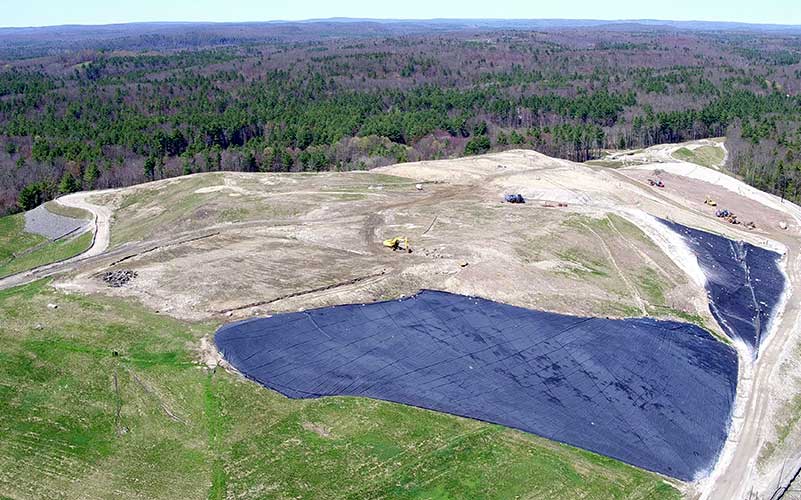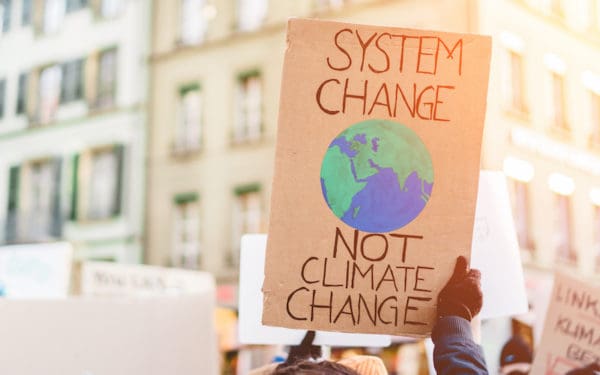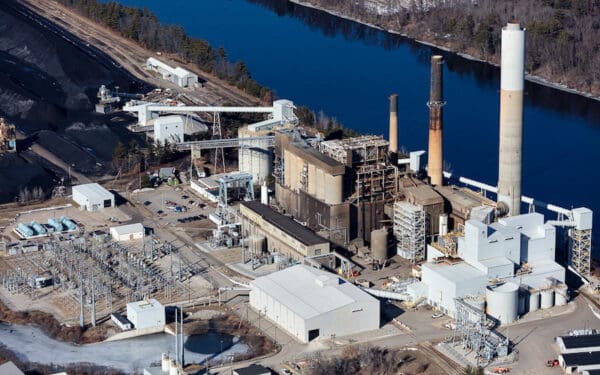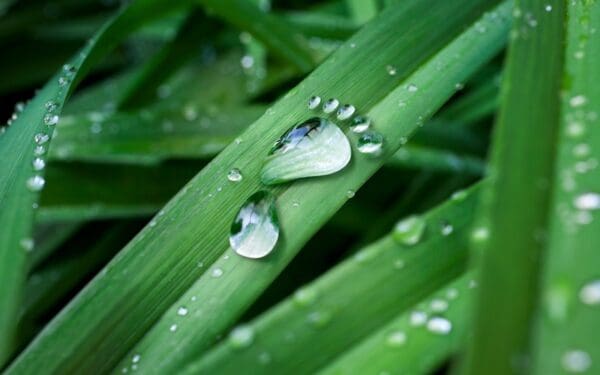
Despite leaking a smorgasbord of contaminants for more than a decade, the Southbridge Landfill in Massachusetts received permits to expand in 2008.
Twelve million tons. That’s how much waste New Englanders produce every year.
All of that waste has to go somewhere, and a landfill is often the destination. In theory, once the trash is deposited in the landfill, that’s where it stays. In reality, that’s far from the truth.
All landfills can leak – some over time and some from day one of operation – and leach toxic chemicals into the ground and the water supply.
This may be hard to believe. After all, federal and state agencies regulate landfills, so, naturally, you would assume that they maintain a high level of oversight over these facilities. What’s more, landfill management companies themselves like to stress that they follow all regulations, and they point to a laundry list of actions they are taking and systems that exist to back this up.
If a landfill was leaking, then wouldn’t the landfill company and environmental agencies spring into action? Wouldn’t the landfill would be closed, the leaking identified and repaired, and the public and environment protected until the landfill was safe to operate again?
Unfortunately, the answer to all of these questions is a resounding, “No.”
Safe landfills are a Fairytale.
Add up all of the everyday items people and businesses throw away, from coffee cups to clothes to food scraps to household hazardous waste, and you have municipal solid waste, or “MSW.” That waste most likely ends up in a large, regional municipal solid waste incinerator or landfill where it’s burned or buried.
The theory behind landfills is that once waste is buried, the contamination remains inert in landfill “cells.” To keep the waste dry and contained, landfill cells today are required to have two plastic liners, each backed with synthetic clay, putting a few inches between decomposing trash and the soil beneath it. Once the landfill cell is full, gravel, a flexible plastic cap, and some sod are then built on top of the cell.
This should be a nice, tidy end to that waste, but in reality, it is impossible to keep landfill cells dry. Rain and snow get into them while they’re open and accepting waste (which can be for years). And even after the cell is sealed, the plastic caps develop holes over time, letting in more rain and snow.
The water that gets into landfill cells picks up contaminants from the waste and becomes “leachate.” What’s in the leachate depends on what’s in the landfill, but some chemicals can be counted on, such as volatile organic compounds, chloride, nitrogen, solvents, phenols, and heavy metals.
The safeguards intended to prevent leachate from escaping a landfill cell – pipe collection systems in newer landfills and the plastic and clay liners mentioned above – fail over time. This toxic brew of “garbage coffee” leaks out of the landfill and seeps into groundwater – contaminating wells and waterbodies.
Landfill Liners Have Evolved, But You Can’t Retrofit an Old One
While even a new system is vulnerable to leaks, a bigger problem is that many of New England’s 75 landfills have been operating for decades, and the technology meant to keep our groundwaters safe from contamination was never expected to last.
From the 1950s through the early 1980s, when many of the region’s largest facilities were first built, landfills were usually lined with compacted soil and clay. But that technology was ultimately abandoned because it didn’t prevent leachate from escaping for long. A clay liner even a foot thick will fail within five years. That means that it’s pretty safe to assume that any landfill that began operating with unlined or clay lined cells is leaking toxic contaminants.
By the late 1980s landfills had started to use single plastic liner systems, and eventually, two liner systems were required. But these often rip during installation, and they always develop holes and cracks over time.
The thing is, these landfills with their leaky liners can’t be fixed. It’s impossible to retrofit old cells with newer technology. And even if you could replace old liners with the plastic ones required today, we are still talking about plastic and synthetic clay. These newer liners too will break down over time, meaning we are merely kicking the contamination can down the road for our kids to suffer the consequences.
The production of leachate cannot be avoided, and despite the attempted collection of leachate in newer landfills, some of it still escapes into the environment. The failure of these double liner systems is not only inevitable, it is also acknowledged by the agency enforcing it. EPA itself has said:
“No liner… can keep all liquids out of the ground for all time. Eventually liners will either degrade, tear, or crack and will allow liquid to migrate out of the unit.”
The Canary in the Coal Mine: Groundwater Monitoring
Landfill companies are required to monitor whether leachate is leaking by monitoring groundwater around the cells. When properly implemented, such monitoring programs would be able to identify the leak so that the facility operator could then clean it up as best possible. But this simply does not happen.
Many times, too few monitoring wells surround the landfill, or they aren’t installed at different depths, leaving leaks undetected. Even worse, when groundwater monitoring indicates that contaminants are present and should be investigated, the results are often ignored. Local officials, state agencies, and even concerned citizens are either unaware of the leaks, don’t have the resources or political will to take action, or believe the unsubstantiated claims of the landfill companies that the origin of the contaminants is anything other than the landfill.
Environmental agencies also let landfills get away with minimizing or ignoring their toxic byproducts. The Southbridge Landfill in Massachusetts had been leaking a smorgasbord of contaminants for more than a decade when Casella Waste applied to expand the facility in 2008. Contamination had even been detected in the drinking wells of neighboring homes. The Massachusetts Department of Environmental Protection, which authorizes landfill expansions, did not raise this contamination at any of the local or state hearings on the proposed expansion, nor did Casella Waste. Residents and local officials were completely unaware of the damning results sitting on the Department’s shelves, despite attending months of public hearings themselves. And Casella received their permits to expand.
No Landfill is Safe
There’s simply no such thing as a safe landfill. No matter how many barriers, liners, and pipes we install to try to mitigate the risk, landfills will always leak toxic chemicals into the soil and water.
So let’s not build anymore. Instead, we should solve our waste problem by instituting Zero Waste programs that save money, protect the public health and environment, and create new jobs. We know the right answer – and it’s not more leaking landfills.



